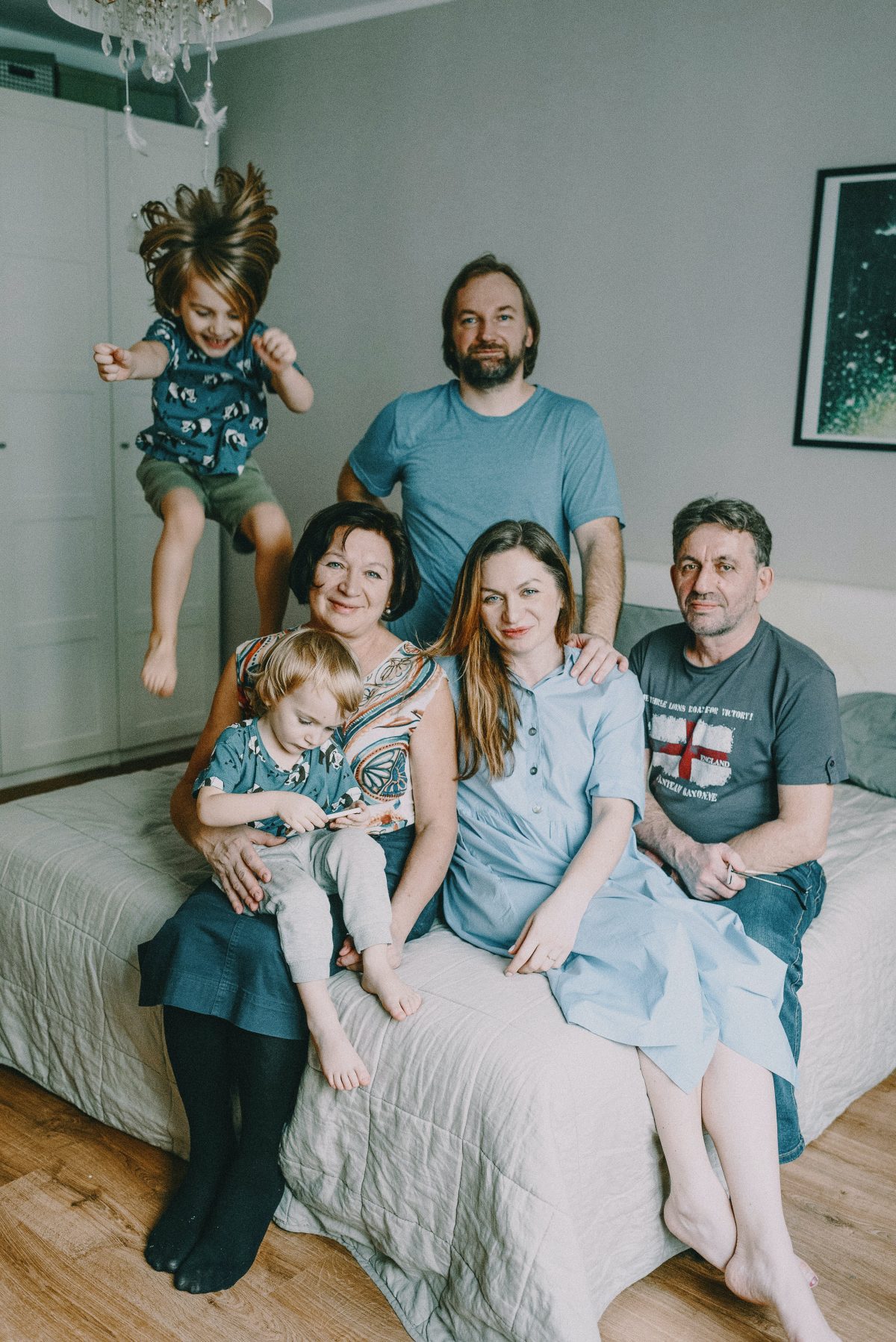A record number of Americans live in a multigenerational household today and it is once again becoming commonplace here. “Generation’s United 2021” released a report entitled: “Family Matters: Multigenerational Living Is on the Rise and Here to Stay.” They have found that the number of Americans living in a multigenerational household with three or more generations has nearly quadrupled over the past decade, with a dramatic increase of 271 percent from 2011 to 2021. For many generations it was the norm then it began to decline as American families began to scatter.
The US Census Bureau defines a multigenerational home as a household that consists of more than two adult generations living under the same roof, or grandparents living with grandchildren under the age of 25. The types of multigenerational households include:
- Three-generation: This is the most common multigenerational household arrangement that consists of three generations, typically one or more working-age adults, one or more of their children (who may also be adults), and either aging parents or grandchildren.
- Grand families: Consist of households headed by an older individual or couple who live with grandchildren under age 18.
- Two adult generations: Most two-generation households consist of parents and children under the ages of 18 to 22. However, this also includes parents moving in with adult children.
- Four-generation: Once a rarity except in some lower-income ethnic communities, the four (or even five-generation household) consisting of parents, grandparents, great-grandparents, adult children, and their children.
This lifestyle is proving to be functional and engaging as families share living expenses, household chores, and everything in between; and it is here to stay. Now is the time for Americans to embrace this phenomenon as commonplace among all socio-economic levels. We must prepare for a multigenerational family future by examining our approaches to home building and design. It is important to note that the majority of Americans living in multigenerational homes say that their households are functioning successfully.
Some of the factors that are believed to contribute to its success are:
- It is easier to provide for the care needs of one or more family members.
- Finances are improved for at least one family member.
- There is a positive impact on personal mental and/or physical health.
- Makes it possible for at least one family member to continue school or enroll in job training.
- Bonds among families are enhanced.
Americans are continually looking for space that is as flexible as they are. Multigenerational homes can be created to allow families equal space to live together, harmoniously under one roof. The architectural design consisting of an open floor plan concept compliments multigenerational living. It provides a more versatile space where grandparents and their grandchildren can spend time together, while the parents prepare dinner nearby in the kitchen. Communal public spaces, like a great room, also bring loved ones together. Private suites are added to offer privacy. Installing connecting doors from these suites to the main home provides a level of safety for elderly relatives. These suites offer convenience for daily engagement between family members. They consist of public space, such as a sitting room, separate from the main house, with a separate entrance and possibly a kitchen to enhance the independence of the families sharing the home.
Living in a multigenerational home has many advantages. Here are a few that stand out:
- Multigenerational homes can share financial expenses.
- Multigenerational households can share homeowner responsibilities.
- Living together as a family can strengthen relationships.
- Multigenerational homes ensure family safety.
- Flexible design options offer privacy in multigenerational homes.
While most families come together on holidays and special occasions, multigenerational families have the luxury of seeing each other every day. They develop a higher level of attachment by living under one roof. Multigenerational living has put grandparents as role models for their grandchildren through their daily interactions. In turn, they learn to respect and connect with their elders. Maintaining two households is more expensive than one. By bringing family members and their resources together under one roof, families can collectively address their living expenses and allocate finances accordingly.
One of the main reasons families are hesitant to shift to a multigenerational lifestyle is their fear of losing privacy. Having many people under one roof can feel crowded with no place to turn for solitude. As architects, we must create designs that ensure every family member can have quiet, alone time. Attachments and features, such as separate bedrooms, bathrooms, and kitchens, allow for complete separation between the generations within the household.
As a society, we must prepare for increased multigenerational living. It is a trend that is likely to affect all Americans as the cost of living continues to rise. Multigenerational living is a wonderful solution to a multitude of problems facing families today. Have you or your family considered it? The change may be exactly what you need!


